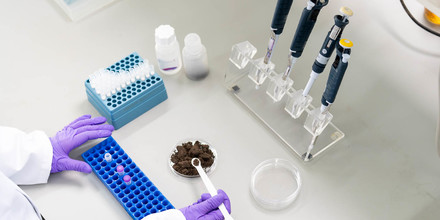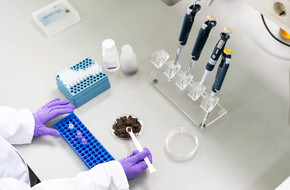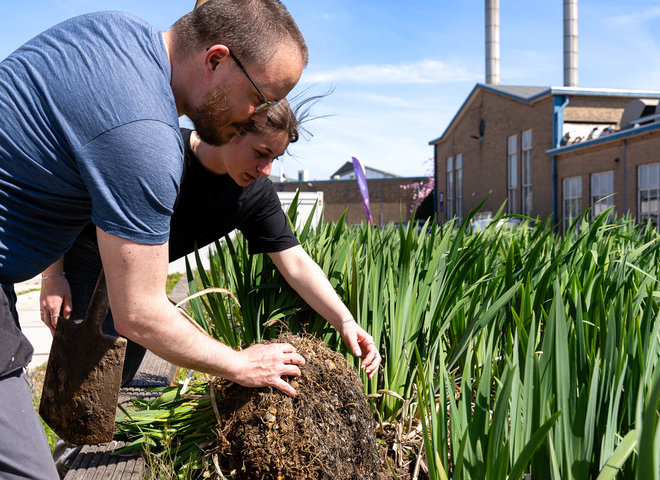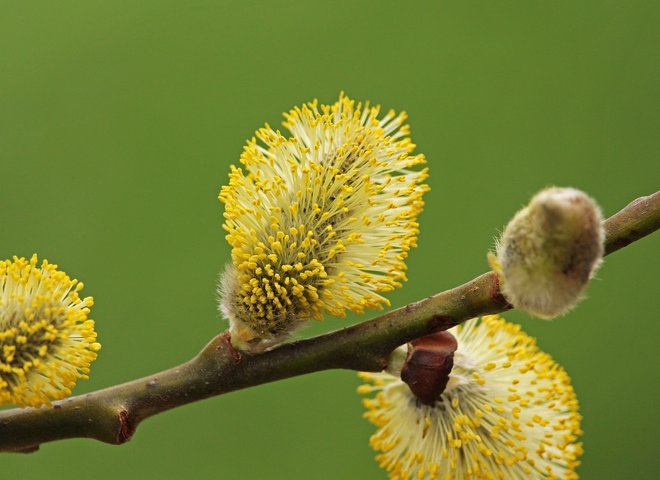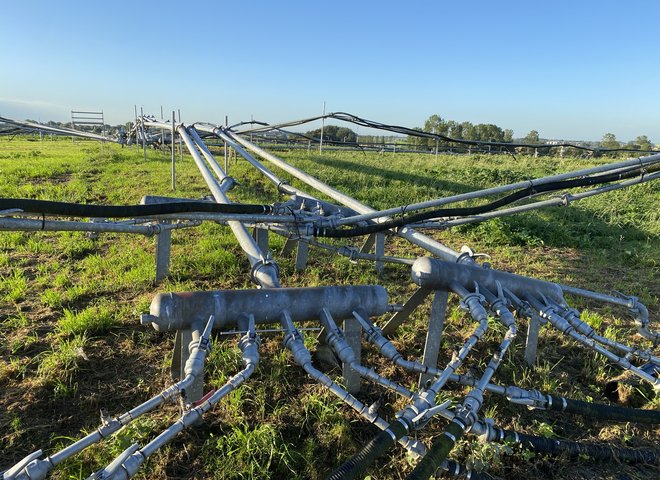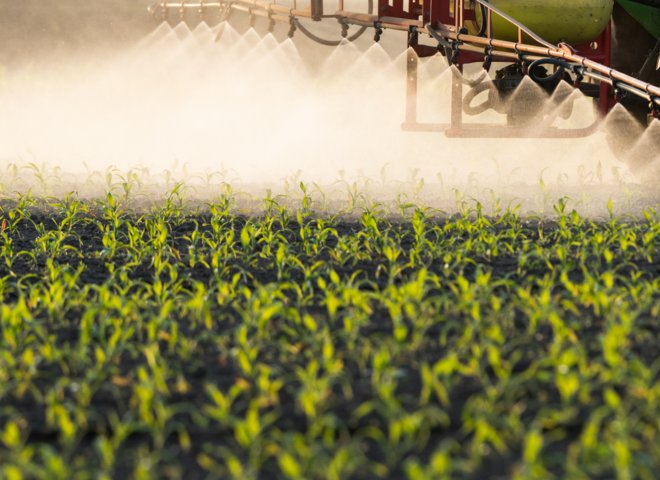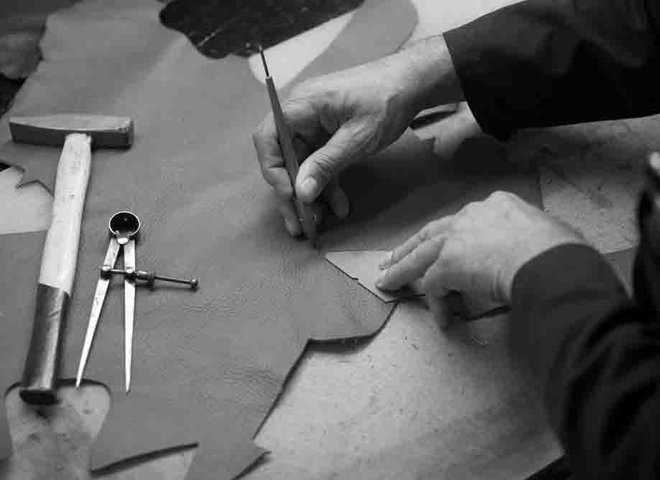Trace evidence: mapping risks with the TRIAD approach
The province of Noord Brabant wanted to know if the contamination posed any risks for humans and the environment and if the location was due for immediate remediation. Therefore, commissioned by the province, Bioclear earth has conducted a TRIAD research of the area.
The TRIAD research comprises of three distinct approaches to determine the risks namely by applying chemical, toxicological and ecological research methods.
Our tests revealed that the soil contains relatively high amounts of chromium (III), yet is hardly absorbed by the environment and has neither toxic nor ecological effects.




